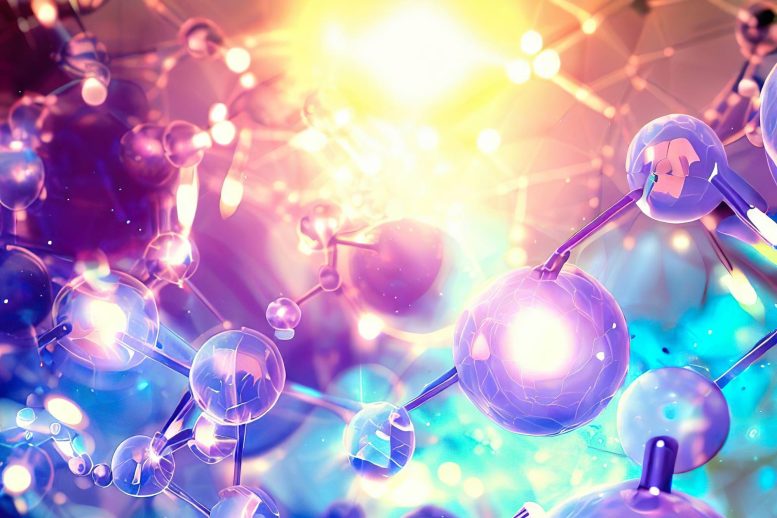
Researchers have made progress in the development of iridium-based catalysts used in proton exchange membrane water electrolysis (PEMWE), a process used to generate green hydrogen from renewable energy sources. The team has discovered a lattice-water-assisted mechanism that can increase the efficiency of an iridium oxide catalyst by 5-12%, resulting in higher energy output and less energy consumption.
Scientists have enhanced the efficiency of iridium-based catalysts used in green hydrogen production by 5-12%. This reduces the required amount of iridium, a rare element, making the process more cost-effective, and advancing efforts toward a carbon-neutral society.
The race to make the widespread use of intermittent renewable energy a reality has taken a step forward with new research by experts from the University of Adelaide who are improving the efficiency of iridium-based catalysts.
“Currently it is difficult for commercial iridium oxide catalysts to achieve high activity and stability at the same time in proton exchange membrane water electrolysis (PEMWE),” said the University of Adelaide’s Associate Professor Yao Zheng, ARC Future Fellow, School of Chemical Engineering.
“We have found that a lattice-water-assisted mechanism – a way of arranging water molecules in a specific pattern – boosts the efficiency of an iridium oxide catalyst by 5-12 percent resulting in higher energy output while consuming less energy.
“Water splitting using PEMWE is a promising method for generating green hydrogen. However, only iridium-based electrocatalysts can be used as the element can withstand the harsh acidic conditions that occur during the reaction.”
Using renewable electricity is one of the most attractive solutions to producing green hydrogen, especially using the PEMWE technique, which could be operated with fast response and high current density. Hydrogen has been described as the low-emission fuel of the future.
Iridium is one of the rarest elements on Earth. It is found uncombined in nature in sediments that were deposited by rivers. It is commercially recovered as a by-product of nickel refining. A very thin layer of iridium exists in the Earth’s crust. South Africa is the largest producer of iridium.
“As the global output of iridium is very limited, it is very important to decrease the amount used in these types of catalysts,” said Associate Professor Zheng.
“With the lattice-water-assisted oxygen exchange mechanism that shows the possibility of both higher efficiency and stability in a proton exchange membrane water electrolyzer the amount of iridium can be reduced and the cost of producing green hydrogen can be efficiently decreased.
“Our findings not only verify the viability of a low-loading iridium-based anodic catalyst for PEMWE but also provide new ideas for modifying the oxygen exchange mechanism for high-performance oxygen evolution reaction (OER) catalyst design.
“With cheaper green hydrogen, a carbon-neutral society could be built as soon as possible, and related climate problems could be efficiently decreased.”
The team’s work has been undertaken at the fundamental level. Further research needs to be carried out on how to scale up the new synthesis. Their findings are published in the journal Science Advances.
Reference: “IrOx·nH2O with lattice water–assisted oxygen exchange for high-performance proton exchange membrane water electrolyzers” by Jun Xu, Huanyu Jin, Teng Lu, Junsheng Li, Yun Liu, Kenneth Davey, Yao Zheng and Shi-Zhang Qiao, 23 June 2023, Science Advances.
DOI: 10.1126/sciadv.adh1718









Be the first to comment on "Unlocking the Green Hydrogen Future With High-Efficiency Catalysts"